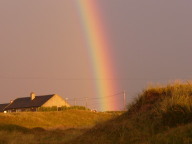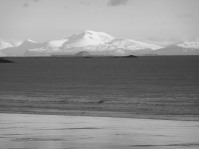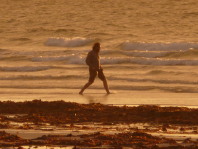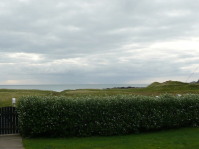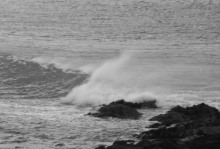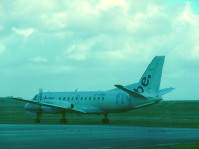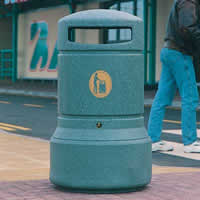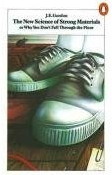It was three weeks yesterday when we moved here to Tiree and slowly getting into the pace of island life. Steve, our first visitor, left on Thursday, on the ‘big’ plane (about 30 seats). Had a great time working with Steve on the Physicality book that we are writing as an outcome of the DEPtH project. We managed the odd walk on the beach together, albeit rather windy, and Steve, brave soul, cycled several times from his hotel in Scarinish to our house, not far and flat all the way, but with a 30 knot wind in your face!
Otherwise have had our first fuel shortage when we needed petrol for the car and found there was none on the island for several days (incidentally the garage must have one of the best views in the country), had our first takeaway (fish and chip van 100 yards from the house … we are well positioned), lit our first fires (ah the smell of coal smoke reminds me of my childhood), registered at the doctors to get vaccinations ready for India (not in regimented 10 minute slots!), and of course lots of paddling in the sea … but think I might be developing my first every chilblains … well I know my own fault, but how can I resist when there is sea and foaming waves to dip my toes in.
It still feels like a holiday … of course holiday for me tends to mean working with a nice view … so not sitting around the whole day watching the wind blow foam back in clouds from the breaking wave crests and the patterns of dark and light constantly shift with the moving clouds. Getting lots done, for once clearing the to-do list faster than it grows (although it does still grow, some things don’t change), but for the first time for years free of that ever present feeling of heavy heavy weight on my shoulders.
… and on Monday I’ll be experiencing the flight to Glasgow myself as travelling to Dublin to give the SIGCHI Ireland inaugural lecture. Managed to work out flights without needing a stay-over in Glasgow, but I have a feeling I will get to know the Holiday Inn Express at Glasgow airport quite well over the coming year.
